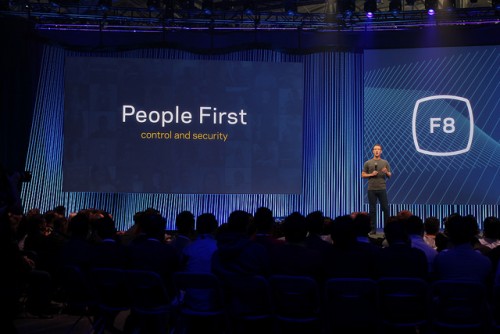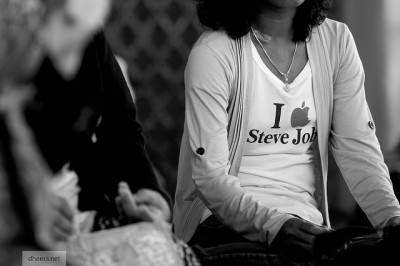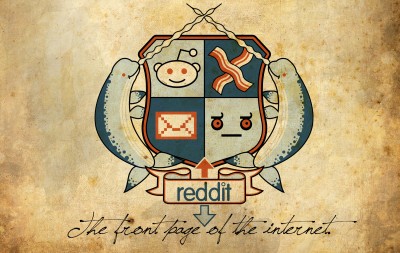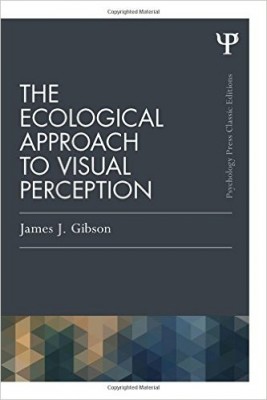For as influential as Attali’s Noise has been, most scholars have sidestepped its central claim: “music is prophecy” (11). It feels really undersupported; Attali asserts that music anticipates or foreshadows social change, but he doesn’t seem to provide anything more solid than correlations as evidence. As Eric Drott says in his just-published article in Critical Inquiry, “the book never fully spells out the mechanisms by which music performs its prophetic function” (725). I think Attali does spell out this mechanism. Music is prophecy because its physical structure–sound waves–is isomorphic with the physical structure of economic forecasts (probability functions, which are graphed as sine curves). Attali thinks both music and statistical forecasts are made of the same stuff, so thus music is predictive in the sense that Amazon’s recommendation bot is predictive.
I’ve been revising this article on Noise, Foucault, & biopolitical neoliberalism for my next book project. My analysis focuses on the Attali’s claim that the logic of the market, as understood by 1970s macroeconomic theory, is isomorphic with the logic of sound waves. Macroeconomics and acoustics study, essentially, the same phenomena. As Attali puts it, ‘non-harmonic music’ (Noise 115) makes ‘the laws of acoustics. . . the mode of production of a new sound matter’, and in so doing, ‘displays all of the characteristics of the technocracy managing the great machines of the repetitive economy’ (113). The laws of acoustics are isomorphic with the “rules” of biopolitical governmentality and financialized political economy–that is, with statistical forecasts. The mechanisms introduced by biopolitics” to understand and manage populations “include forecasts, statistical estimates, and overall measures” (SMBD 246). Similarly, the methods economists use to understand the “repetitive” (Attali’s term for late capitalism) market include “macrostatistical and global, aleatory view, in terms of probabilities and statistical groups” (Attali, Social Text, 11). The logic of forecasting and financialization mimics the logic of auditory signals (at least as contemporary physics understands this latter logic)–for example, both probability functions and sound frequencies are visualized as sine waves. Just as harmonics emerge from dynamically interacting frequencies, predictable, reliable ‘signal’ emerges–as life, as human capital, as a data forecast, a data self–from dynamically interacting streams of data.
So, because he thinks sound and statistical forecasts are more or less identical in structure, Attali can then argue that music is predictive, that “our music fortells our future” (Noise 11). Writing in 1977, Attali lacks databases and fast, massive-scale distributed computer processing, so uses music, which, like big-data number crunching, “explores, much faster than material reality can, the entire range of possibilities in a given code” (Noise 11). Music, for Attali, is like an algorithm predicts where society will go next: it crunches all the variables and figures out which combination is most probable. Writing in 2014, Attali further explains that this ability to crunch variables and determine the most probable outcome is what makes music similar to finance: “We could also explore the reason why music could be seen as predictive: as an immaterial activity, it explores more rapidly than any other the realm of potentials. In that sense, it is not far from another quasi immaterial activity, finance, which is also very often an excellent predictive tool.” In 2014, Attali gave a lecture titled “Music As A Predictive Science” at Harvard. There, he talks about Noise, his intentions in writing it, and whether his claims about the future were accurate. He repeatedly refers to his project in Noise as “forecasting.” Forecasting is the same term Nate Silver uses to describe what big data analytics does. In a sense, Attali scooped Silver by more than 30 years; Noise uses music in the same way that The Signal And The Noise uses data.
This is widely (and rightly) taken to be the point where Noise jumps the shark into pseudo-rationality: music seems no better suited to predict the future than astrology is. But data forecasting is also pseudo-rational. Attali’s method seems obviously outlandish because it, unlike big data forecasting, can’t hide behind the mantle of scientific objectivity. Privileging noise, understanding music as a market that is predictable and whose future can be forecast, Attali’s analysis of the history of western art music employs some of the central principles of neoliberal economic theory.









